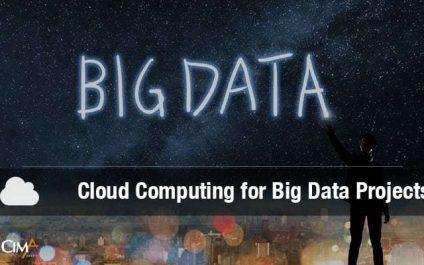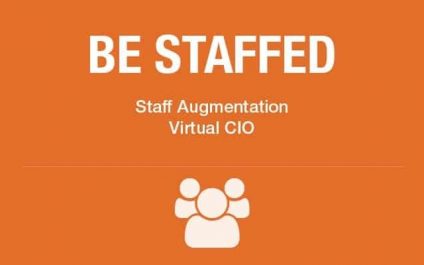Be secure. Use technology to transform our business (aka Digital Transformation). No downtime. Be able to work anywhere, anytime and on any device. Leverage the Internet of Things. These sound like a New Year’s Resolution list for the CIO of a large enterprise right? But what about small businesses where resources are scarce and the luxury of a full service IT team is just a dream.
The Need for Enterprise Class IT in Small Businesses
Understanding DFARS Compliance

Understanding DFARS Compliance: What It Is and What You Need to Know
To say that cyber security is an important issue in the modern era is definitely something of an understatement. According to a recent study conducted by Ponemon Institute in association with IBM Security, the average cost of just a single data breach incident reached $3.62 million in 2017. That's just the consolidated worldwide cost, however - the average cost of a data breach in only the United States reached an all-time high of $7.35 million during the same period of time.
AWS re:Invent 2017 Key Announcements
10 Ways Traditional IT is Hurting You

Is IT Eating Your Lunch or Feeding Your Company?
As we continue to grow our “CIO for Hire” program, we continue to find the same issues hindering our clients growth. Here’s our “Top 10” list of ways that IT can eat your lunch:
Focus on machines: on the technology, rather than your strategy, your users, your people
Hindered collaboration: files sent as attachments, no version or access control, tasks sent in emails, no follow up etc.
What is disaster recovery, really?
Big Data Success with Cloud

As the amount of data coming in to business systems continues to grow at an exponential pace, businesses must be prepared to capitalize on the value that data has to offer if they wish to be successful in the modern business era. That being said, these businesses can't expect to deploy the big data projects of tomorrow on the IT systems to today.
Cloud use cases: Enabling the anywhere, anytime worker

From a theoretical perspective, the potential benefits of a business moving some or all of their IT systems to a cloud environment are impossible to deny. However, in order to really get the bottom of what makes cloud so useful in today's business environment, it can be helpful to focus on something a little less abstract, and instead take a look at some actual use cases where cloud is changing business equations and giving some organizations a competitive advantage.
Qualified IT staffing that’s available when you need it
Streamlined, hands-off customer support

An area that has been causing business leaders headaches for years is customer support. Of course, customers are the lifeblood of your business, so keeping them satisfied and informed should be one of your highest priorities. At the same time, dealing with the volume of customer calls and emails you receive may make it difficult for your employees to find any time in their day for the productive work that they were actually hired to do.
Disaster Recovery: Cold Sites, Hot Sites, and Why Do I Care?

When we think of catastrophe’s like car accidents or fatal illnesses we tend to think “that’s what always happens to other people”. Because of this, we are shocked when these things happen to us but the important thing to remember is that to someone else, you and I are the other people that these happen to.




